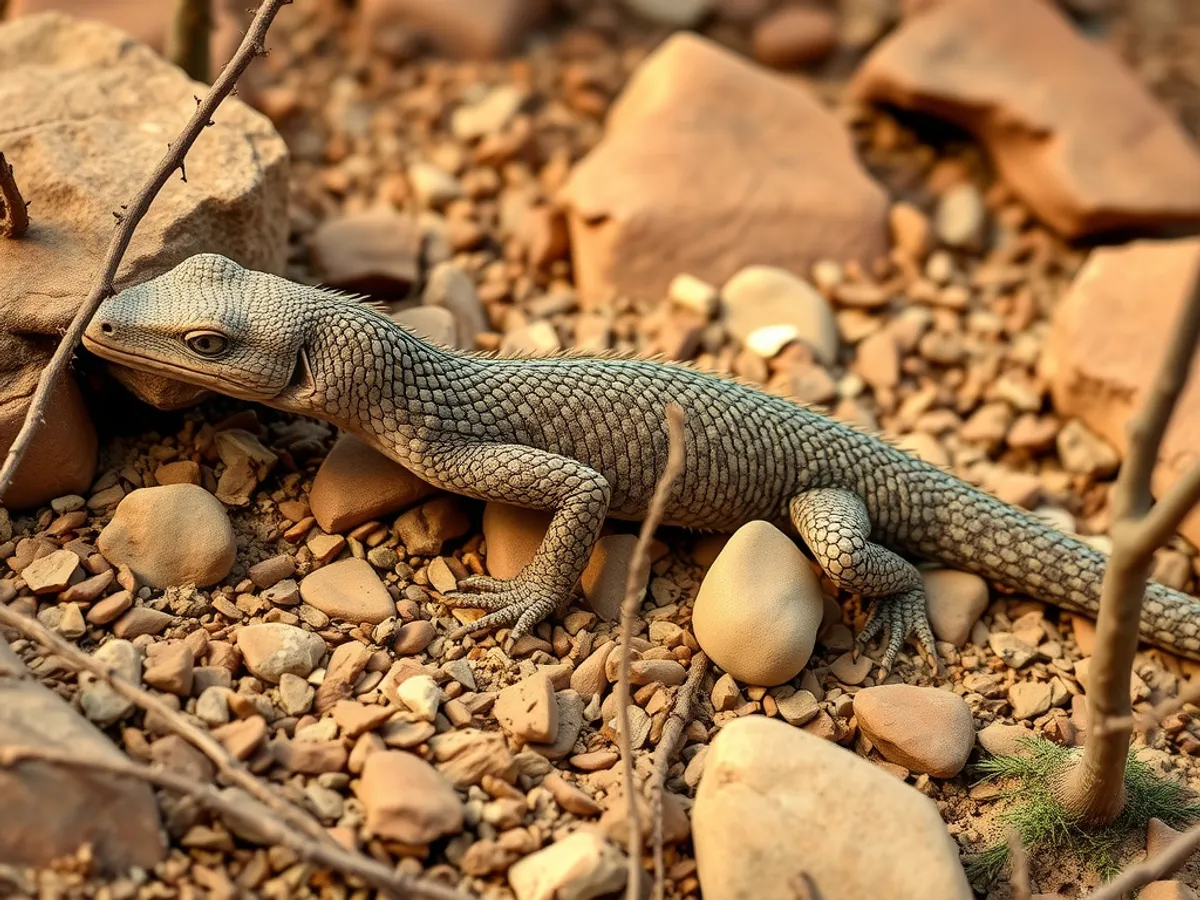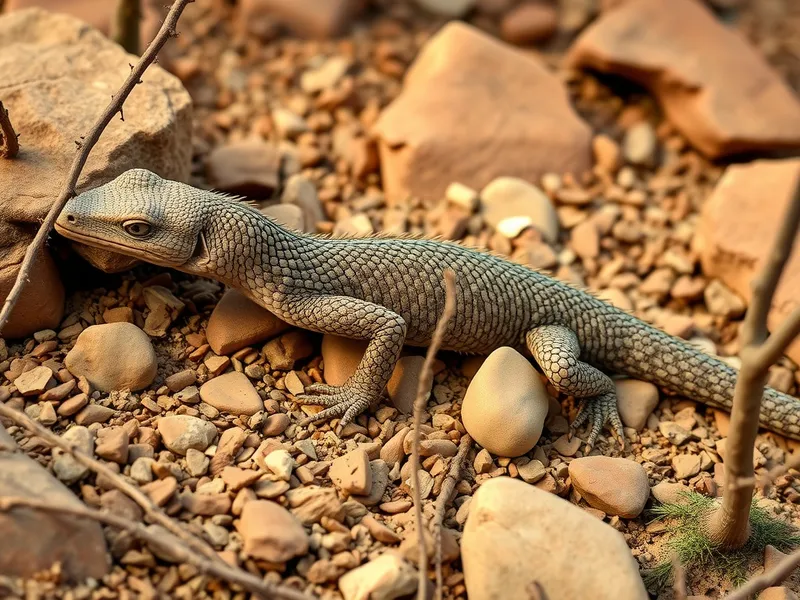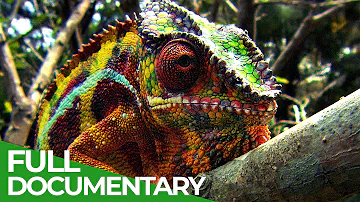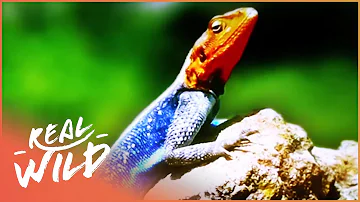
Gidgee Skink
Egernia stokesii

Meet the Gidgee Skink
The Gidgee Skink is a medium-sized, robust lizard native to the arid and semi-arid regions of central Australia. It has a spiny, armored appearance with rough, keeled scales and a stocky body, typically olive-brown or grayish in color with darker flecks. Gidgee Skinks are highly social and often found basking in groups on rocks or logs, especially near Gidgee trees, from which they get their name. They are diurnal and rely on communal living for thermoregulation and protection from predators. Their behavior and physical adaptations make them well-suited to harsh, dry landscapes.
Classification
Reptile
Habitat
Arid shrublands and woodlands, particularly among Gidgee trees and rocky outcrops
Diet
Omnivore
Lifespan
10-20 years
Conservation
Least Concern
Weight
120-200 grams
📖Fascinating Facts
Armored Appearance
The Gidgee Skink's spiny, keeled scales provide protection from predators and help minimize water loss in arid environments.
Family Groups
They live in close family groups, cooperating in burrow maintenance and defense, which is rare among lizards.
Basking Behavior
Gidgee Skinks are diurnal and spend much of their day basking together in the sun to regulate body temperature.
📋Detailed Description
The Gidgee Skink (Egernia stokesii) is a robust, medium-sized lizard, typically reaching a snout-vent length of 18–22 cm and a total length of up to 30 cm. Its body is heavily built with a short, broad head and a tail that is almost as long as the body, often used for fat storage. The skin is covered in large, rough, and strongly keeled scales, providing a spiny, armored appearance that offers protection from predators and reduces water loss. Coloration varies from olive-brown to gray, often with irregular dark flecks or bands, providing effective camouflage among rocks and leaf litter. Gidgee Skinks are highly social, living in stable family groups that can include multiple generations, a rare trait among reptiles. These groups share communal basking sites and shelter in crevices or under logs, especially in the shade of Gidgee (Acacia) trees. Diurnal by nature, they are most active during the morning and late afternoon, retreating to shelter during the hottest parts of the day. Their omnivorous diet consists of insects, spiders, flowers, fruits, and occasionally small vertebrates. The species is viviparous, giving birth to live young, and demonstrates extended parental care, with juveniles remaining in the family group for several years. This social structure enhances survival through cooperative defense and thermoregulation.
💡 Did you know?
Gidgee Skinks create communal burrows or use rock crevices, which can be occupied by the same family for generations.
🔬Research & Sources
🎭Behavior & Social Structure
Gidgee Skinks exhibit complex social behaviors, including cooperative basking, communal sheltering, and coordinated defense against predators. Individuals communicate through body postures, tail waving, and occasional vocalizations or hissing when threatened. Feeding occurs both on the ground and in low vegetation, with individuals foraging for arthropods, seeds, flowers, and fruits. They are opportunistic feeders, adjusting their diet seasonally based on resource availability. Daily routines involve emerging from shelter in the morning to bask and raise body temperature, followed by foraging bouts and social interactions such as grooming or allopreening. During the hottest part of the day, they retreat to cool, shaded refuges. Group members often cooperate in predator detection, with one or more individuals acting as sentinels while others feed or bask. Aggression is rare within family groups but may occur between rival groups over territory or basking sites.
👶Reproduction & Life Cycle
Egernia stokesii is viviparous, with females giving birth to 2–6 live young per litter, typically once per year. Mating occurs in late spring to early summer (October–December), with gestation lasting approximately 4–5 months. Births usually take place in late summer (February–March). The young are well-developed at birth and remain within the family group, receiving protection from adults. Parental care includes communal sheltering, basking, and sometimes cooperative feeding. Juveniles may stay with their natal group for several years, benefiting from increased survival rates due to group vigilance and shared resources. Sexual maturity is reached at approximately 3–4 years of age.
🛡️Adaptations & Survival
The Gidgee Skink’s heavily keeled and spiny scales provide both physical defense against predators and minimize water loss, a crucial adaptation for arid environments. Their cryptic coloration enhances camouflage among rocks and leaf litter. The species’ social structure is an evolutionary specialization, offering advantages such as cooperative predator detection, shared thermoregulation, and increased juvenile survival. Their omnivorous diet allows flexibility in resource-scarce environments. The ability to store fat in the tail enables survival during periods of food scarcity. Behavioral adaptations include crevice-dwelling and use of communal shelters to buffer against temperature extremes and reduce predation risk.
📚Research Sources
🎨Cultural Significance
There is limited direct cultural significance recorded for the Gidgee Skink in Indigenous Australian traditions or local folklore. However, lizards in general play important roles in Aboriginal mythology and are often featured in Dreamtime stories as symbols of resilience and adaptation. The Gidgee Skink is occasionally kept in captivity by reptile enthusiasts, valued for its social behavior and hardiness, but it is not widely traded or used in traditional medicine.
🔬Recent Research & Discoveries
Recent research on Egernia stokesii has focused on its complex social structure, revealing evidence of long-term monogamy, kin-based group living, and cooperative behaviors uncommon among reptiles. Studies have examined the genetic basis of sociality and the benefits of extended parental care. Ongoing research is investigating the impacts of habitat fragmentation on group cohesion and genetic diversity, as well as the species’ physiological adaptations to arid environments. The Flinders Ranges population has been the subject of conservation genetics studies due to its vulnerability. Behavioral ecology studies have also explored alarm signaling, group defense, and the role of social learning in foraging.
🎥Wildlife Videos

Wildlife - Just Reptiles | Free Documentary Nature
Wildlife - Episode 3: Just Reptiles | Wildlife Documentary Watch 'Wildlife - Episode 4' here: https://youtu.be/SNRyvGzDsww ...
Free Documentary - Nature

Wildlife Instincts: Chameleons - Designed to Hunt | Free Documentary Nature
Wildlife Instincts - Episode 4: Chameleons - Designed to Hunt | Free Documentary Nature Watch "Wildlife Instincts: A Family Bond ...
Free Documentary - Nature

Sand Fish v. Gecko | Dead By Dawn
#NatGeoWILD #SandFish #DeadByDawn About Dead by Dawn: In the first ever horror natural history series, find out why every ...
Nat Geo Animals

Vanishing Dragons - The Sad Fate of the Galapagos' Iguanas | Free Documentary Nature
Vanishing Dragons - The Sad Fate of the Galapagos' Iguanas | Wildlife Documentary Watch 'Wild Galapagos - Part 1: In the Grip ...
Free Documentary - Nature

Masters Of Disguise: Meet The Creatures Lurking In The Wilderness | Nature Documentary
Insects use ingenious camouflage and defense mechanisms like mimicry and protective coloration to evade predators and blend ...
All Out Wildlife

The Strange World Of Lizards (Wildlife Documentary) | Wild About | Real Wild
Lizards are some of the world's most fascinating creatures. Join us as we learn all about these strange creatures and learn how ...
Real Wild
🌍Habitat Information
The Gidgee Skink typically inhabits Arid shrublands and woodlands, particularly among Gidgee trees and rocky outcrops environments. Gidgee Skinks have adapted to their environments with specialized features and behaviors.
Primary Habitat:
Arid shrublands and woodlands, particularly among Gidgee trees and rocky outcrops
More detailed habitat information will be available soon.
🛡️Conservation Status
The Gidgee Skink is currently classified as Least Concern. Conservation efforts are crucial for preserving this species for future generations.
Common Threats:
- 🏠Habitat loss and fragmentation
- 🌡️Climate change impacts
- 🎯Hunting and poaching
- 🏭Human-wildlife conflict
⚠️Threats & Conservation Challenges
Although currently listed as Least Concern, Gidgee Skinks face localized threats from habitat loss due to land clearing, overgrazing by livestock, and the introduction of invasive predators such as foxes and feral cats. Fragmentation of habitat can disrupt social group structures and reduce genetic diversity. Climate change poses a long-term threat by altering the availability of suitable microhabitats and food resources. Some populations, particularly the Flinders Ranges subspecies (E. stokesii stokesii), are considered vulnerable due to restricted distribution and ongoing habitat degradation. Conservation challenges include maintaining habitat connectivity and controlling invasive species.
🔬Scientific Classification
Scientific Name
Egernia stokesii
Classification Hierarchy
🔍 About Taxonomic Classification
Taxonomic classification is a hierarchical system used by scientists to classify and organize living organisms based on shared characteristics and evolutionary relationships.
The system moves from broad categories (Kingdom) to increasingly specific ones, with each animal's scientific name typically consisting of its Genus and species.
📝Community Notes
Share your observations and insights about the Gidgee Skink with our community of wildlife enthusiasts.
Join Our Community
Sign in to share your observations and connect with fellow wildlife enthusiasts.
Sign In to ContributeNo community notes yet
Be the first to share your observations about the Gidgee Skink!
Explore Gidgee Skink
Select a tab above to learn more about this amazing animal.
📸Photo Gallery
No photos available for this animal yet.
🌟Discover More Wildlife
Continue your journey of discovery with more fascinating animals from our database
